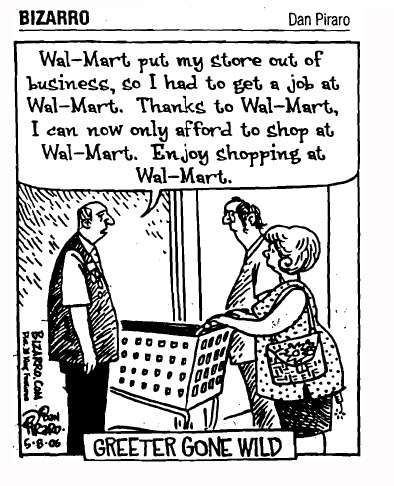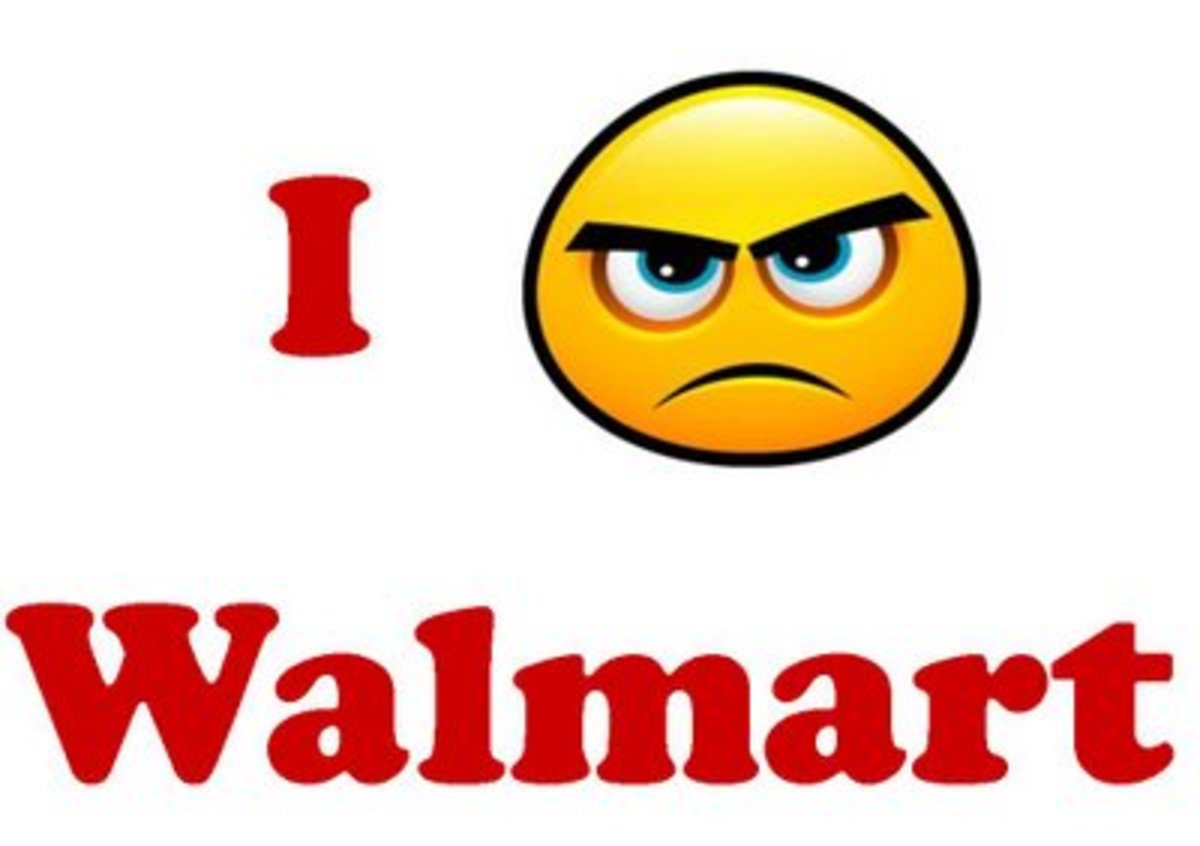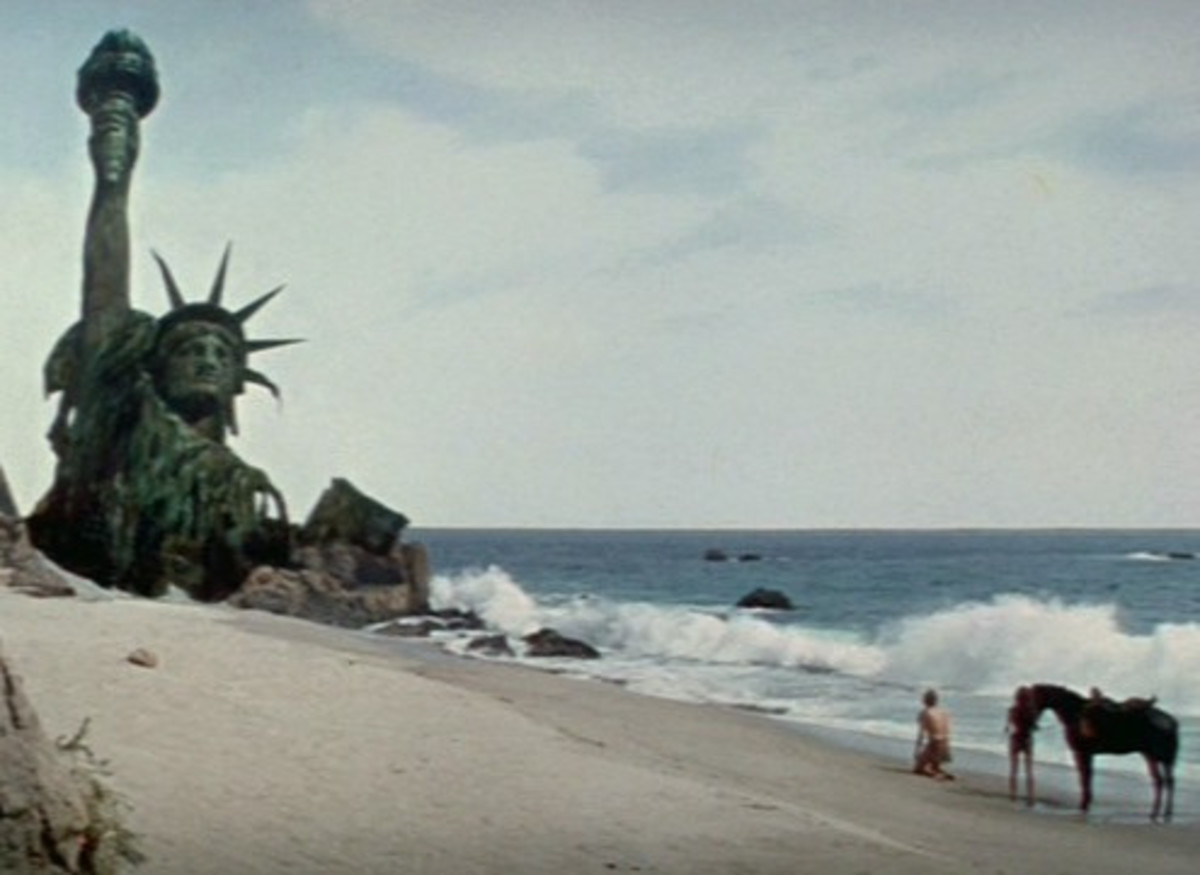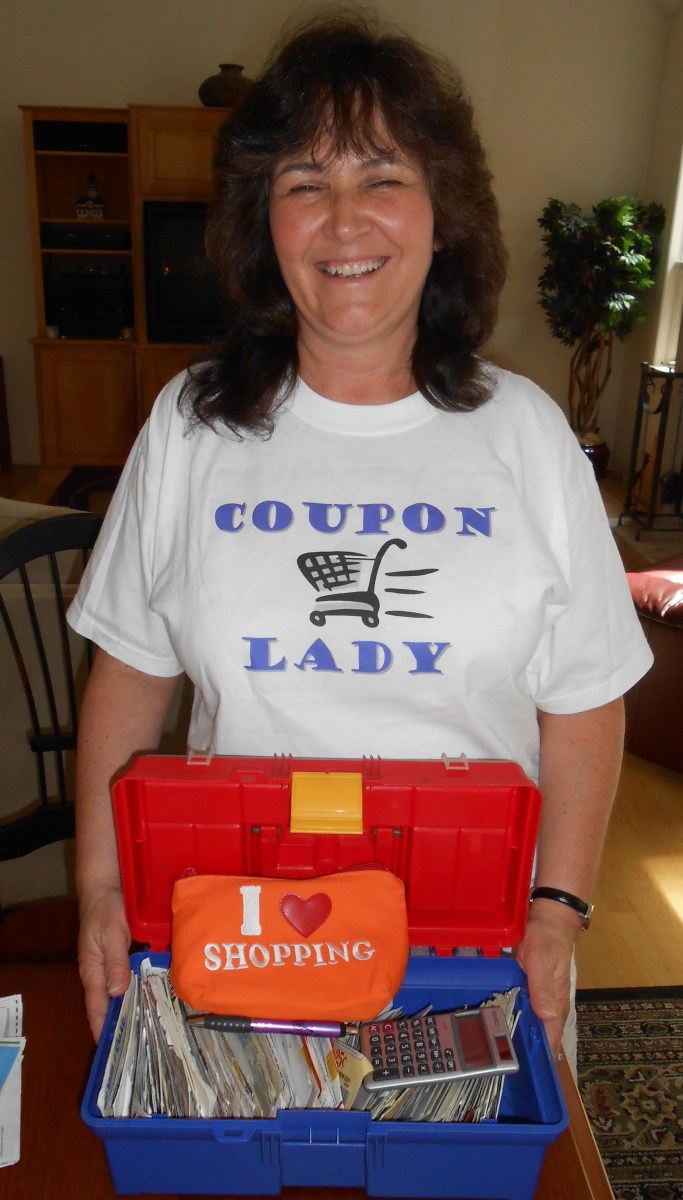Wal-Mart Nation

Wal-Mart is no longer just a department store. Wal-Mart offers general merchandise, groceries, garden centre, pharmacy, tire & lube express centre, optical centre, one-hour photo processing lab, portrait studio, bank branch, cell phone stores, gas station, and fast food chains- including McDonalds! Wal-Mart now operates as a hypermarket, which is a superstore that combines a supermarket and a department store. A hypermarket, which is also known as a Wal-Mart Supercentre is constructed and executed to ideally satisfy all the needs of a consumer in one stop (Pegler, 1992). The Wal-Mart supercentre includes: full service grocery store (meat and poultry, baked goods, frozen food, dairy products, fruits, vegetables, and seafood), garden centre, pet shop, pharmacy, tire and lube express, optical centre, one hour photo centre, portrait studio, cellular phone shops, hair and nail salons, video rental stores, bank branches, gas stations, and fast food outlets. As of January 2008 there were 2447 Wal-Mart Supercentres in the United States.
I selected Wal-Mart because it impacts our daily lives, even if we do not shop there. Wal-Mart is the protocol of how much we pay for an item, how much we should be paying, and it impacts the global economy. I selected Wal-Mart because it silently took over the US, and I do not want to see the same happen here. Wal-Mart silently took over the US market. Wal-Mart comes into our communities, shutting down mom and pop shops, and we blindly shop at a multinational corporation without realizing the effects. I believe Wal-Mart is an example of what shopping without consequences is. We go into there, save a few dollars, but the consequences are grand to the local fruit stand that closed down, and the to the child in China that was making 15 cents an hour is now making 10 cents because Wal-Mart wants to reduce the prices for their consumers. The irrationality of rationality is present in the Wal-Mart slogan “save money, live better”. I ask the question- at what cost do we want to save money? Is it fair that middle-class people are being pushed towards the poverty line by the low wages and suppliers around the world being bullied into lowering their costs? There is no value in the dollar you may save when you cannot value human life on the other end manufacturing the goods. It cannot be justified, and we cannot blindly shop without consequences.
The social function of Wal-Mart extends beyond any other retailer in the world. Wal-Mart is the world’s largest public corporation that runs a very large chain of department stores and beyond. Wal-Mart first opened in Newport, Arkansas, in 1962, founded by Sam Walton (Fishman, 2006). Wal-Mart has more than 4100 facilities in the United States alone. Today, it is the largest private employer in the world. Wal-Mart employs more than 2 million associates worldwide, including more than 1.4 million in the United States. Wal-Mart operates in Argentina, Brazil, Canada, China, Costa Rica, El Salvador, Guatemala, Honduras, Japan, Mexico, Nicaragua, Puerto Rico and the United Kingdom. Wal-Mart associates with 56 000 U.S suppliers which supports more than 3 million jobs alone. Wal-Mart is the world’s largest retailer with $374.526 billion in sales (fiscal year ending Jan 31. 2008) (Wal-Mart Facts and News, 2008).
As of October 31st, 2008 Wal-Mart has 310 locations in Canada, employing more than 77 500 Canadians. There are 39 Wal-Mart supercentres in Canada. Wal-Mart reaches around the globe, it shaping the work and the lives of people who make toys in China, or raise salmon in Chile, or sew shirts in Bangladesh. Wal-Mart has become the most powerful, most influential company in the world. Americans spend $35 million every hour at Wal-Mart, twenty-four hours a day, every day of the year. The scariest part is 90 percent of Americans live within fifteen miles of a Wal-Mart store.
McDonaldization is the process by which the principles of the fast-food restaurant are coming to dominate more and more sectors of American society as well as of the rest of the world (Ritzer, 2008) is transforming into the term now being used- ‘Wal-Martization’. Wal-Mart, like McDonalds incorporates efficiency, calculability, predictability and control as a tool for success. The similarities between the two power houses are endless, while differences are very few. Wal-Mart is the epitome of efficiency. Efficiency is described as the optimum method of getting from point A to point B the quickest (Ritzer, 2008). With Wal-Mart Supercentres, a customer can get their hair cut, get a new outfit, buy groceries, get an oil change, buy a bed, get a pet fish, and eat a quick meal, all in one stop. Why go to one store for food, one store for clothing when you can do it all in one stop?
Secondly, calculability is the quantitative aspect of the products being sold (Ritzer, 2008). Wal-Mart being the leader in profits indicates the retailer is really getting eth better deal, not the consumer (Ritzer, 2008). An independent study found that Wal-Mart saves the average American household $2500 annually (Wal-Mart Facts and News, 2008). Like McDonalds emphasizes time and money, so does Wal-Mart. More than 200 million people in America shop at Wal-Mart each year to save them time and money (Wal-Mart Facts and News, 2008). Calculability is not only an aspect of consumers; calculability also is associated with workers. Workers are expected to do a lot of work for very low pay (Ritzer, 2008). Wal-Mart drives low costs for the consumer lowering labor costs. This is achieved by keeping Wal-Mart a nonunion, low wages, and not giving their employees health insurance. Wal-Mart workers earn about one third less than other unionized workers in other companies, but Wal-Mart is one of the largest employers in the United States (The New York Times, 2003).
Thirdly, Predictability is similar to McDonalds, the consumer knows what they are getting- discounted pricing and they know they can go to any Wal-Mart and get the same deals. The consumer knows that over time and in all stores they are guaranteed the lowest prices. The layout of departments is the same for all Wal-Mart stores giving the customer the peace of mind of going into any Wal-Mart and being able to locate the item they are looking for. Furthermore, the consumer knows the products available in one store, are available in the next Wal-Mart. McDonalds and Wal-Mart differ in Predictability because McDonalds has a limit of what a consumer can get, however with Wal-Mart, the possibilities are endless.
Lastly, Wal-Mart has control over their workers, an example would be their ability to keep their wages low and keep them nonunion. Wal-Mart has control over their customers because they decide what products they are going to sell and carry in their stores. Wal-Mart houses goods from other corporate powers, while discarding locally produced goods and services. The difference between McDonalds’ and Wal-Mart is that Wal-Mart has control over workers and companies all over the world. McDonald’s choices affect McDonalds’, whereas Wal-Mart has a global choke hold.
The environment of Wal-Mart incorporates all the foundations laid by McDonalds, but Wal-Mart times everything by 10. Wal-Mart is the epitome of efficiency, calculability, predictability, and control. Wal-Mart has social and economic control.
Wal-Mart is best described by the sociological perspective of Karl Marx (1819-1883). Karl Marx developed the Conflict Theory (Henslin, Glenday, Duffy, & Pupo, 2006) when he observed the industrial revolution. Peasants were working in urbanized areas at wages that barely provided enough to eat, while the owners of the production plants were making the most money without doing any work (Henslin, Glenday, Duffy, & Pupo, 2006). This is similar to Wal-Mart and McDonalds driving low wages and high profit margins (Ritzer, 2008). As conflict theory states, small groups control the means of production and exploit those that do not (Henslin, Glenday, Duffy, & Pupo, 2006). McDonalds and Wal-Mart is a class struggle. The lower class work, and get paid enough to perhaps touch middle class, but will never surpass that level due to the low wages. McDonalds and Wal-Mart have control over their workers, while Wal-Mart has even more by keeping it a private sector and nonunionized.
In conclusion, the difference between Wal-Mart and McDonalds is, McDonalds created the monster of Wal-Mart and we all sat back and let the silent monster take over our towns, cities, and country. McDonalds was there for us when we had little time and a few bucks and a huge hunger, where Wal-Mart has the nation in a choke hold. The world cannot function without Wal-Mart and Wal-Mart cannot function without the world.
Bibliography
Fishman, C. (2006). The Wal-Mart Effect. New York, New York: The Penguin Press.
Henslin, J. M., Glenday, D., Duffy, A., & Pupo, N. (2006). Sociology: a down-to-earth approach (4th Edition ed.). Toronto: Pearson Education.
Pegler, M. M. (1992). Market, Supermarket and Hypermarket Design. Visual Reference Publications.
Ritzer, G. (2008). The McDonaldization of Society 5. Los Angeles: Pine Forge Press.
The New York Times. (2003, November 15). The Wal-Martization of America. Retrieved January 19, 2009, from The New York Times: http://query.nytimes.com/gst/fullpage.htmlres=9E0CE2DF1338F936A25752C1A9659C8B63
Wal-Mart Facts and News. (2008, July 17). Retrieved January 19, 2009, from Wal-Mart: http://walmartstores.com/FactsNews/FactSheets/








